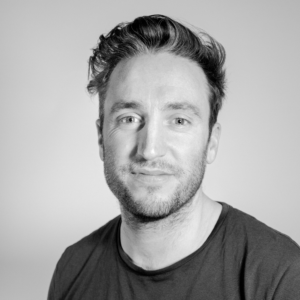Techne 4 focuses on the design, or drawing, of the print path. Due to the relative thinness of the Wasp nozzle, the printing width used in 3dPA is approximately 45 mm. This implies that a printed wall does not necessarily need to be filled or massive and can, if well-designed, integrate a network of unprinted areas, which we call cavities.
These cavities are particular to 3D printing. They are much harder to create with other earth or
masonry working techniques and have great advantages. They save material and printing time; they accelerate the drying of the wall; if well-ventilated, they can improve structural properties; and finally, they can serve climatic purposes or be used to integrate services.
At the origin of 3dPA, the design methodology was often to design the inner and outer surfaces of the walls and to add connections in between. For that reason, the design of the printpath is often wrongly called infill. This is also the technical term in the general 3D printing language. We believe they are far more meaningful than a simple infill; they are one of the strongest features when it comes to 3D printing with earth at an architectural scale.
A multitude of printing patterns have been designed over the years of 3dPA. Many were abandoned for different reasons, the most common being their complexity or rather complicatedness. Three have survived the test of time and delivered great results in design and printing. One was used in Living Prototype, another in Tova, and the last in Teixit.
The objective of this one-week workshop is to familiarise ourselves with the existing 3dPA infill
curves as well as explore potential new ones. These exercises imply a high level of control in drawing (both physical and digital) and modelling; we will therefore address geometrical questions and computational and modelling techniques.
Learning outcomes:
● Master the drawing of Nurbs curves and management of control points.
● Master the concept of geometric continuity and tangential alignments.
● Master the concept of period
● Integrate structural performance knowledge in design
● Master the precise modelling of lofted surfaces
● Master the evaluation of surface overhang angles.
● Master the parametric deformation of a Nurb curve




